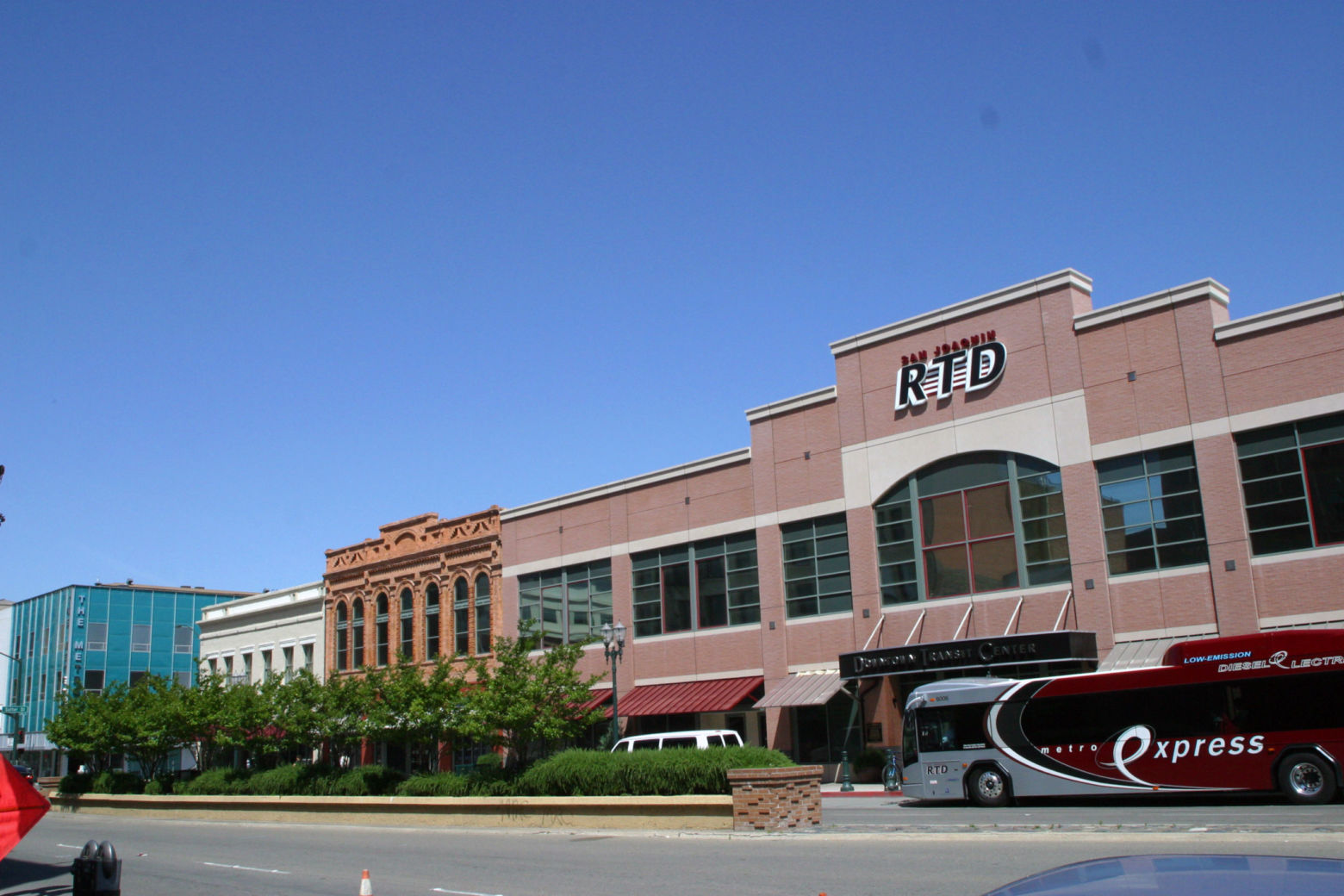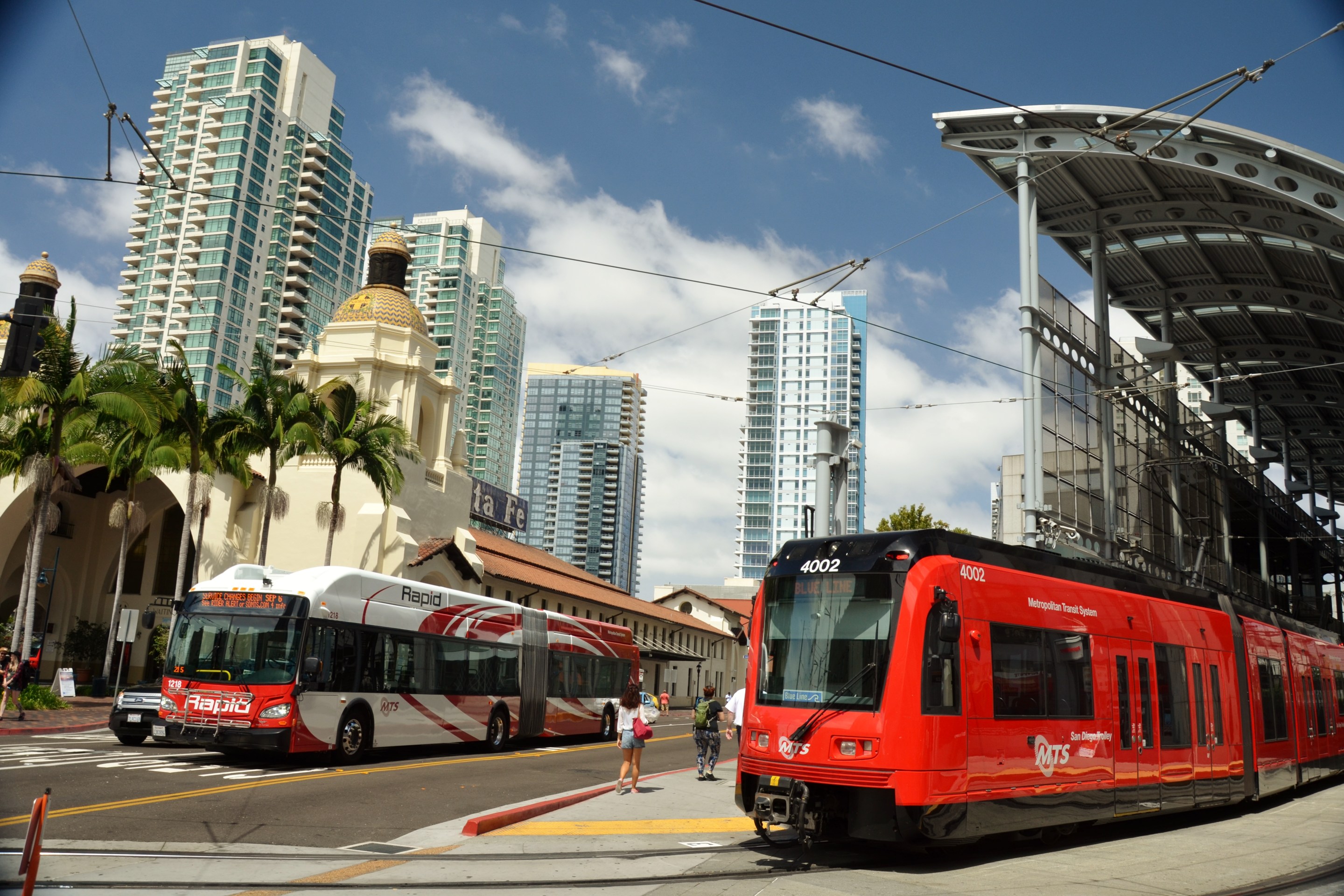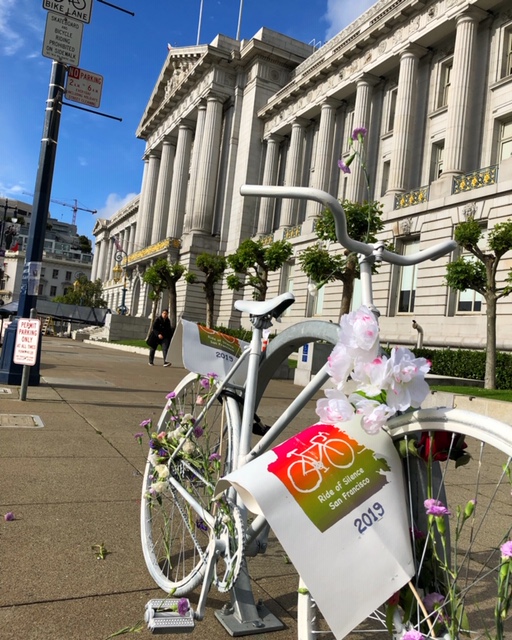Alex Wong is the Data Researcher for Ride SD.
Last November, Measure G, a San Diego county-wide half-cent sales tax increase that would have raised hundreds of millions of dollars each year for public transit, highways and local streets, failed. But the fact that Measure G failed by only one percent in an unusually challenging election suggests that a revised Measure G would win handily in 2026.
And that’s just one reason that a “new Measure G” should be on the 2026 ballot. Here’s some other ones.
First, SANDAG was rocked by a widely-publicized scandal leading up to the election. Then the San Diego Union-Tribune, which is read by over 2 million people each week, editorial board endorsed a “No” vote on Measure G and published multiple editorials by elected officials against Measure G.
Additionally, the November 2024 election was exceptionally conservative. Nationwide, Republican turnout rose even as Democratic turnout declined. President Trump garnered a higher percentage of Californian votes in 2024 than in 2016. Unlike in 2016, Trump won the national popular vote nationwide.
Some blame San Diego’s high cost of living and resulting anti-tax sentiment for Measure G’s defeat. But last November, San Diego County voters approved multiple municipal sales tax measures. In Escondido and San Marcos, voters even approved full-cent municipal tax raises, as compared to Measure G’s half-cent raise, despite inflation dominating voters’ minds.
Arguably, what killed Measure G wasn’t anti-tax sentiment per se but rather the sheer amount of competing tax measures. The last time a county-wide sales tax measure was on the ballot was in 2016, when only Chula Vista and Del Mar proposed new sales taxes, and no cities proposed sales tax extensions. By contrast, in 2024, five cities including San Diego, the largest source of potential pro-Measure G voters, proposed competing sales taxes and another four proposed sales tax extensions. Voters largely approve tax raises, but typically only one at a time.
Had any one of these factors–SANDAG scandals, low Democratic turnout, or a plethora of competing tax measures–been absent, Measure G would probably have won.
2026 will be prime time for a revised Measure G to win. 2026 will likely be a wave of progressive, pro-transit voters, because the party in power (Republicans, in this case) virtually always loses midterms.
Equally crucial in ensuring Measure G 2.0’s success is revising Measure G to dramatically increase transit operations funding. Measure G was projected to raise $350 million annually, but only 12%, or $42 million, would have funded transit operations.
That is woefully inadequate. MTS will face $90 million annual operating deficits starting in 2028, even without increasing current service levels. That’s before considering that the Mid-Coast and Green Lines desperately need to increase frequencies from 15 to 7.5 minutes or better as Trolley ridership shatters all-time records.
By contrast, 50% of Measure G funds went towards transit capital projects, including the $21 Billion Purple Line subway proposed to open in 2050. While the Purple Line is a worthy project, we should not finance it at the expense of frequency increases on our existing busiest lines. And newly-built capital projects will themselves require operating funds.
Which message do you think will drive pro-Measure G voter turnout? Telling people Measure G will fund a decades-long subway project that might open after their lifetimes or after they’ve moved out of San Diego? Or telling people that if Measure G fails, MTS’s budget crunch could force it to cut service next year, and that past service cuts disproportionately impacted busy, inner-city routes?
The latter would appeal more to South Bay, Southeast San Diego, and City Heights. Given these neighborhoods were heavily populated, overwhelmingly pro-Measure G, and had the County’s lowest voter turnout, increasing turnout in these precincts will be key to Measure G 2.0’s success.
The federal government historically generously funded transit capital projects and will probably resume doing so post-Trump. By contrast, since 1998, the federal government gave virtually zero transit operating dollars aside from one-time COVID-era emergency funds. That further necessitates Measure G to prioritize maintaining and improving existing transit routes’ frequencies before building shiny new transit projects.
Transit advocates may want to increase transit operations funding by cutting the 34% allocated towards freeways and roads. But that would jeopardize Measure G’s chances of passing, given many car-oriented North County suburbs supported Measure G. However, a compromise can be struck. Within that 34%, the portion funding freeway expansion should be decreased and the portion dedicated to maintaining local streets increased. It’s not just transit advocates who oppose freeway expansion. Even transit-skeptical motorists probably do not want to give Caltrans $3.1 Billion to build new express lanes when $3.1 Billion could fund the entire City of San Diego’s road repairs for over a decade.
It’s easy to erroneously conclude from Measure G’s failure that San Diegans will never choose transit. But they are: 2024 Trolley ridership cracked 41 million, breaking the previous 40.7 million record set in 2015, and overall MTS ridership grew past 95% of pre-pandemic levels.
The biggest threat to transit is neither Measure G’s failure nor Trump’s disinvestment in transit. Rather, it’s giving up on Measure G.






